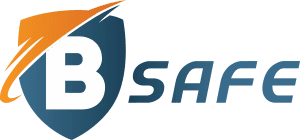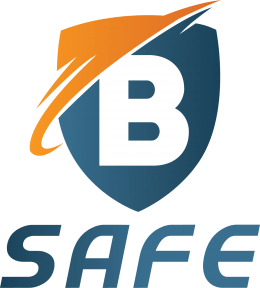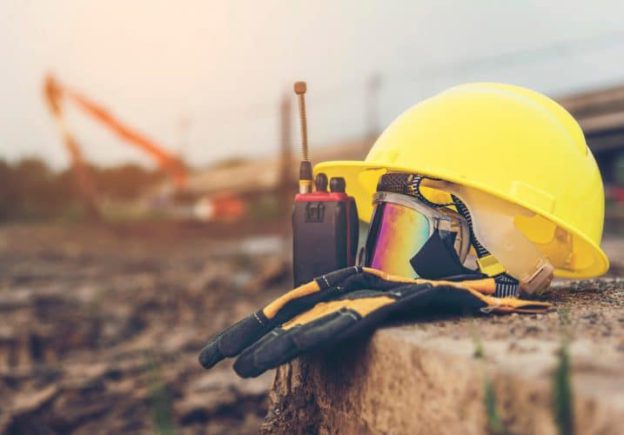Course Learning Objectives
- Describe why the use of personal protective equipment is required to ensure one’s safety.
- Understand Local laws requirements for the PPE.
- Recall employer responsibilities to provide PPE and the employee’s responsibility to wear it, maintain it, inspect it, and select the right type for the application.
- Identify specific hazards posed to a worker’s head and the common types of equipment that protect against those hazards.
- Identify specific hazards posed to a worker’s eyes and face and the types of equipment that protect against those hazards.
- Recognize basic hazards posed to a worker’s respiratory system, the types of equipment that protect against those hazards, and the training that is required before their use.
- Identify the common types of equipment that protect against noise hazards.
- Identify specific hazards posed to a worker’s hands and the common types of equipment that protect against those hazards.
- Recognize specific hazards posed to a worker’s feet and the common types of equipment that protect against those hazards.
According to the U.S. Bureau of Labor Statistics, in one period of observation, hard hats were worn by only 16% of workers who sustained head injuries, although 2/5th’s were required to wear them for certain tasks at specific locations. Only 1% of approximately 770 workers who suffered face injuries were wearing face protection. 23% of the workers with foot injuries wore safety shoes or boots. About 40% of the workers with eye injuries wore eye protective equipment. A majority of these workers were injured while performing their normal jobs at regular worksites.
Wearing Personal Protective Equipment is critical to successfully working in many high-risk work environments. In some cases, PPE stands as the only control for specific hazards. Personal Protective Equipment (PPE) is clothing and equipment that protect various parts of your body against hazards you may be exposed to on the job.
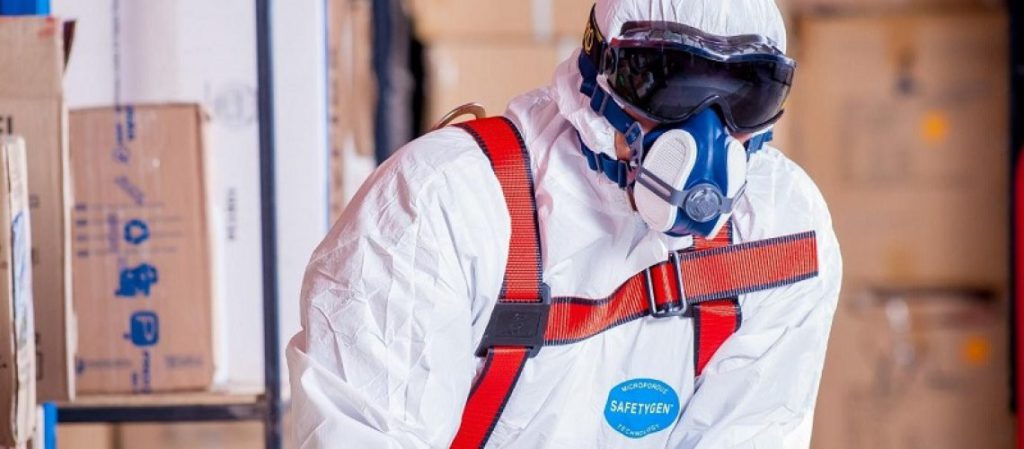
There are so many ways to be injured on a normal worksite, that forsaking personal protective equipment (PPE) is allowing for substantial risk of harm. Damage can occur to the body in several ways, including respiratory distress, accidental ingestion, and what gets absorbed or injected into the skin. That’s just to name a few.
Some hazards may be controlled by eliminating them at the source through engineering and administrative controls, but personal protective equipment is a crucial safety precaution often used in combination with other controls. When those controls can’t eliminate the hazard, personal protective equipment can provide acceptable protection within its capabilities and limitations. It’s important to remember that PPE doesn’t eliminate hazards; it just minimizes exposure. Therefore, personal protective equipment should be viewed as the “last line of defense” in protecting you from workplace hazards. Wearing the PPE provided by a company is the last thing a worker can do to keep themselves on the job and out of harm’s way.
PPE General Requirement for workers
- Using personal protective equipment properly.
- Be aware of when PPE is necessary.
- Know what kind of PPE is necessary.
- Understand limitations of PPE in protecting from injury.
- Put on, adjust, wear, and take off personal protective equipment.
- Maintain PPE properly.
Source: OSHA General
Download the Following Resources:-
- OSH Act Section 5 (a) (1)
- 29 CFR 1910.132, including 1910.132 (h)(1)
- 29 CFR 1910.133
- 29 CFR 1910.134
- 29 CFR 1910.135
- 29 CFR 1910.136
- 29 CFR 1910.137
- 29 CFR 1910.138
- 29 CFR 1910.95
- 29 CFR 1910.146
- 29 CFR 1910.252
- ASTM F2413-05
- ANSI Z89-1-2003
Countries Laws
About Instructor

